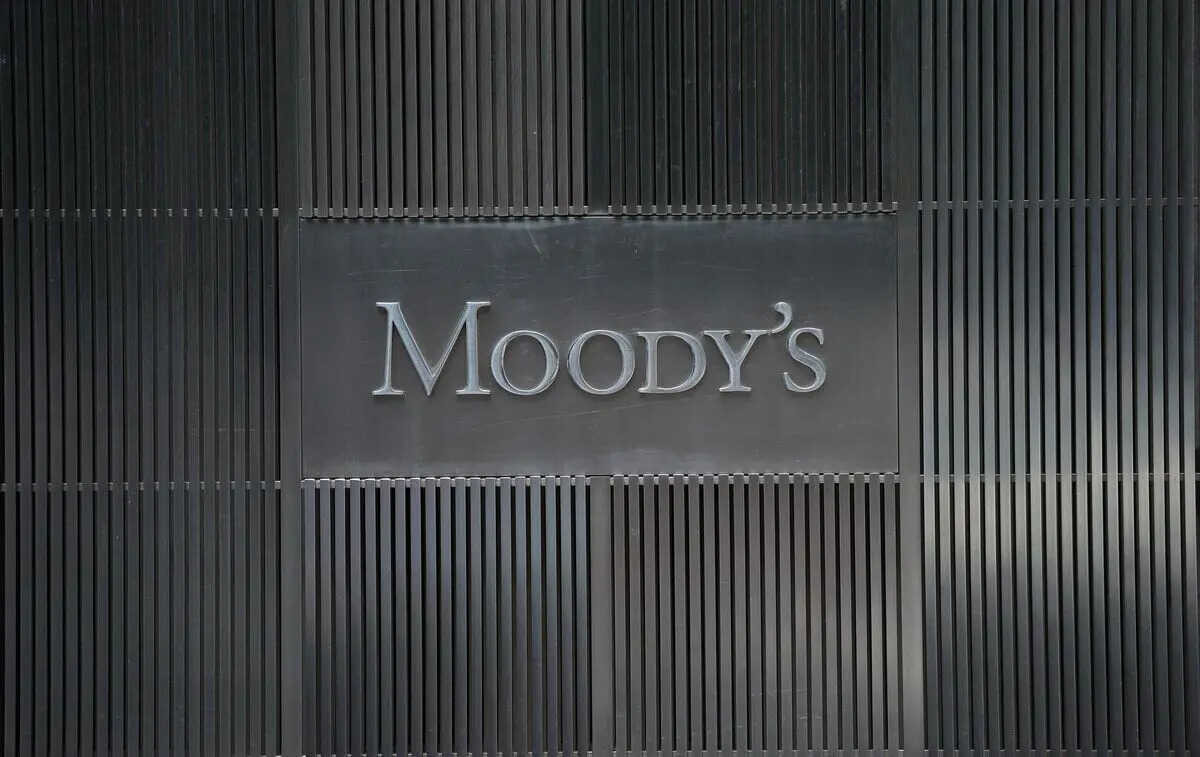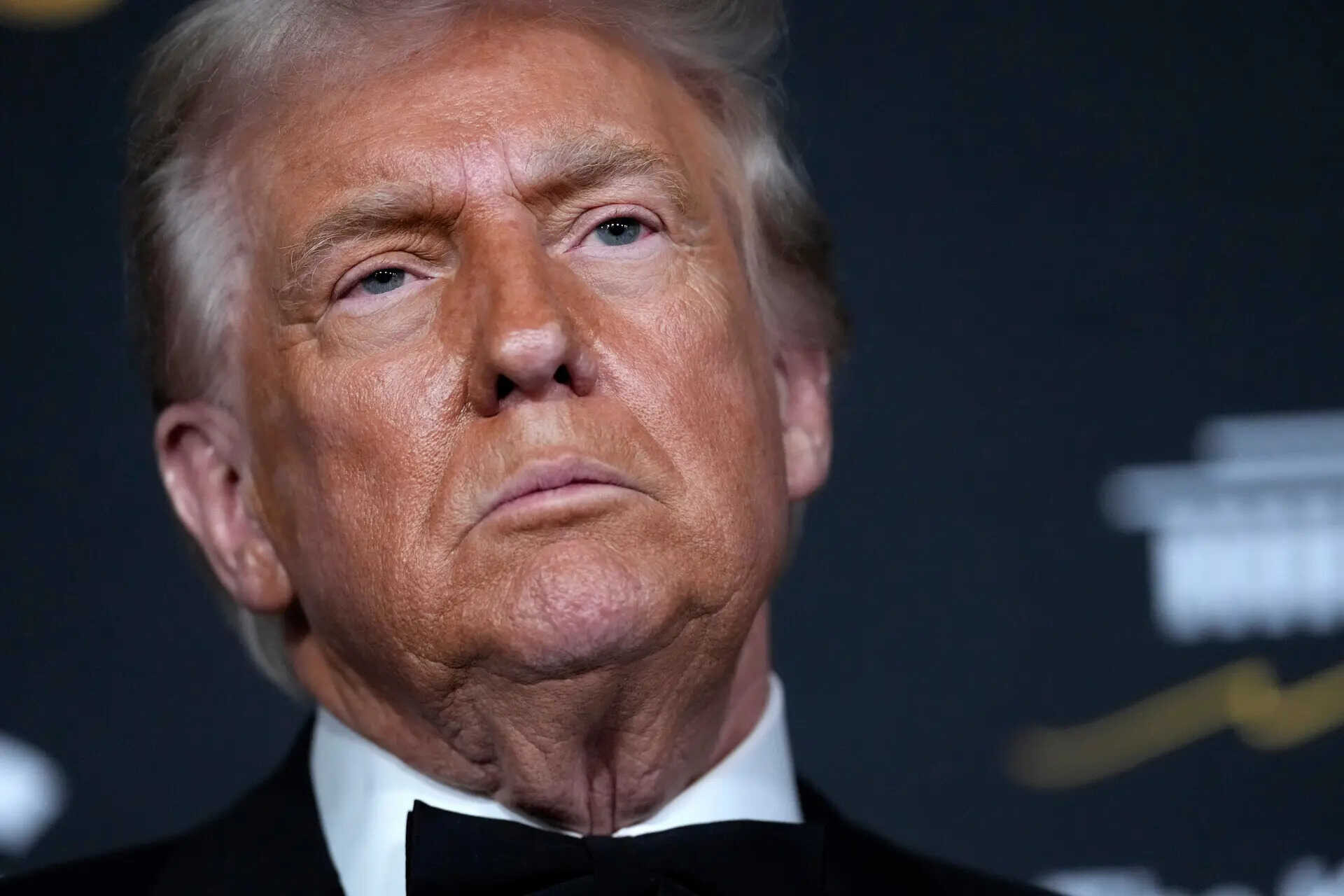Gold demand by volume fell 25% this Dussehra, reaching 18 tonnes, primarily due to significantly higher prices compared to last year. Despite the volume decline, sales value rose 30-35%. Customers are pre-booking for upcoming festivals, and lightweight jewellery, gold coins, and old gold exchanges sustained sales, showing varied regional trends.
Gold’s Glittering Paradox: Record Prices, Shifting Desires
Gold. The word conjures images of ancient empires, pirate treasure, and enduring value. It’s a metal deeply woven into our collective psyche, and in India, its significance is amplified, particularly during the festive season. But this year, the story of gold is anything but straightforward. We’re seeing a fascinating dance between sky-high prices and a subtle, yet significant, shift in how Indians are choosing to acquire the yellow metal.
For months now, gold prices have been scaling unprecedented heights. Global economic uncertainties, geopolitical tensions, and fluctuating currency values have fueled a surge in its perceived safe-haven appeal. But what happens when the object of desire becomes almost too expensive to attain?
The answer, it seems, is a recalibration of priorities. While the Indian festive season is traditionally synonymous with buying gold jewelry, especially for auspicious occasions like weddings and Dhanteras, the latest reports paint a different picture. Demand for gold jewelry has seen a noticeable dip – a drop of approximately 25%, a figure that shouldn’t be ignored. Are Indians suddenly less enamored with gold? Not exactly. They’re simply finding alternative routes to partake in its enduring allure.

The most striking shift is the dramatic increase in investment demand, specifically for gold coins and bars. This indicates a more pragmatic approach to gold acquisition. Instead of ornate necklaces and bangles, people are turning to tangible, easily tradable forms of the metal. This suggests a deeper awareness of gold as an investment asset, rather than purely an adornment. It’s a move from sentiment-driven purchases to potentially wealth-generating decisions.
Several factors are likely contributing to this change. The younger generation, in particular, tends to be more financially savvy and open to diverse investment options. They are likely drawn to the transparency and liquidity offered by gold coins and bars. There’s also the growing influence of digital gold platforms, which offer a convenient and accessible way to invest in gold without the need for physical storage. These platforms demystify the world of gold investment, making it easier for anyone to participate.
The impact of high prices cannot be understated. When gold crosses a certain threshold, it pushes consumers to reconsider their spending habits. Instead of buying a heavier piece of jewelry, they might opt for a lighter one or explore alternative options like studded jewelry with less gold content. This also explains the surge in investments in coins and bars – a direct way to secure the metal without paying for fabrication charges or designs. The price of gold is undeniably a significant factor influencing consumer behavior.
The shift towards coins and bars also highlights a growing sophistication in the Indian gold market. Investors are becoming more attuned to global market trends and are seeking ways to capitalize on potential price fluctuations. This increasing awareness is driving the demand for more liquid and easily tradable forms of gold. It’s a move away from purely cultural purchases towards a more financially driven approach. This contrasts with times when purchasing gold served as a safety net and a family tradition. Now, investment goals are taking center stage. You can read more about diverse investments and portfolio diversification on our investment guide.
Furthermore, the availability of sophisticated investment products, like gold ETFs (Exchange Traded Funds) and sovereign gold bonds, offers additional avenues for Indians to participate in the gold market. These options provide the benefit of gold exposure without the hassle of physical ownership. These financial instruments are gaining traction, particularly among younger investors who are comfortable navigating digital platforms.
Ultimately, the story of gold in India is evolving. While its cultural significance remains strong, its role as an investment asset is rapidly gaining prominence. The current high prices are acting as a catalyst, accelerating the shift towards more pragmatic and financially driven gold acquisition. It’s a fascinating paradox – a testament to the enduring appeal of gold, even as the way we choose to acquire it undergoes a significant transformation. The long-term impact of this shift on the Indian gold market remains to be seen, but it signals a future where investment considerations play an increasingly important role in shaping consumer behavior.







